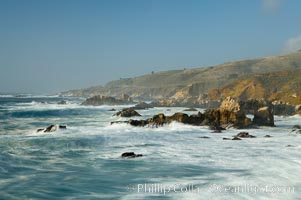
Waves blur as they break over the rocky shoreline of Big Sur.
Location: Big Sur, California
Image ID: 14905
Location: Big Sur, California
Image ID: 14905
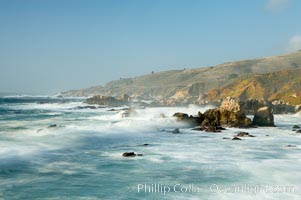
Waves blur as they break over the rocky shoreline of Big Sur.
Location: Big Sur, California
Image ID: 14906
Location: Big Sur, California
Image ID: 14906
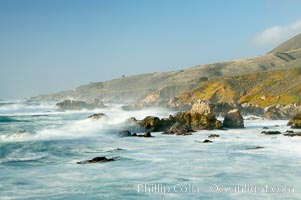
Waves blur as they break over the rocky shoreline of Big Sur.
Location: Big Sur, California
Image ID: 14907
Location: Big Sur, California
Image ID: 14907
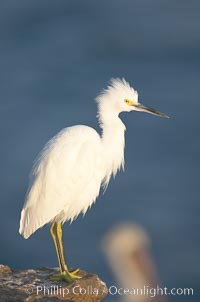
Snowy egret. The snowy egret can be found in marshes, swamps, shorelines, mudflats and ponds. The snowy egret eats shrimp, minnows and other small fish, crustaceans and frogs. It is found on all coasts of North America and, in winter, into South America.
Species: Snowy egret, Egretta thula
Location: La Jolla, California
Image ID: 15291
Species: Snowy egret, Egretta thula
Location: La Jolla, California
Image ID: 15291
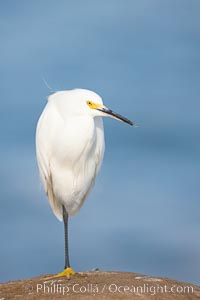
Snowy egret. The snowy egret can be found in marshes, swamps, shorelines, mudflats and ponds. The snowy egret eats shrimp, minnows and other small fish, crustaceans and frogs. It is found on all coasts of North America and, in winter, into South America.
Species: Snowy egret, Egretta thula
Location: La Jolla, California
Image ID: 15292
Species: Snowy egret, Egretta thula
Location: La Jolla, California
Image ID: 15292
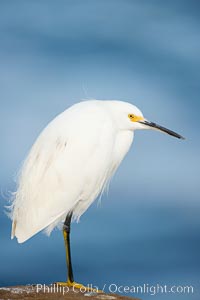
Snowy egret. The snowy egret can be found in marshes, swamps, shorelines, mudflats and ponds. The snowy egret eats shrimp, minnows and other small fish, crustaceans and frogs. It is found on all coasts of North America and, in winter, into South America.
Species: Snowy egret, Egretta thula
Location: La Jolla, California
Image ID: 15293
Species: Snowy egret, Egretta thula
Location: La Jolla, California
Image ID: 15293
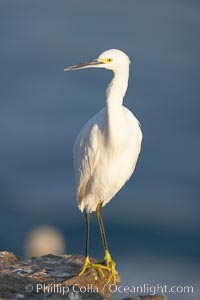
Snowy egret. The snowy egret can be found in marshes, swamps, shorelines, mudflats and ponds. The snowy egret eats shrimp, minnows and other small fish, crustaceans and frogs. It is found on all coasts of North America and, in winter, into South America.
Species: Snowy egret, Egretta thula
Location: La Jolla, California
Image ID: 15294
Species: Snowy egret, Egretta thula
Location: La Jolla, California
Image ID: 15294
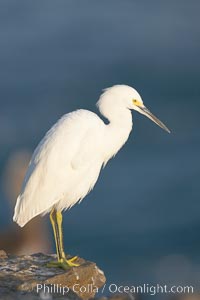
Snowy egret. The snowy egret can be found in marshes, swamps, shorelines, mudflats and ponds. The snowy egret eats shrimp, minnows and other small fish, crustaceans and frogs. It is found on all coasts of North America and, in winter, into South America.
Species: Snowy egret, Egretta thula
Location: La Jolla, California
Image ID: 15295
Species: Snowy egret, Egretta thula
Location: La Jolla, California
Image ID: 15295
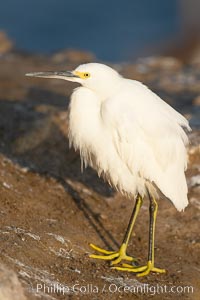
Snowy egret. The snowy egret can be found in marshes, swamps, shorelines, mudflats and ponds. The snowy egret eats shrimp, minnows and other small fish, crustaceans and frogs. It is found on all coasts of North America and, in winter, into South America.
Species: Snowy egret, Egretta thula
Location: La Jolla, California
Image ID: 15296
Species: Snowy egret, Egretta thula
Location: La Jolla, California
Image ID: 15296
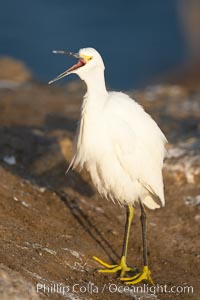
Snowy egret. The snowy egret can be found in marshes, swamps, shorelines, mudflats and ponds. The snowy egret eats shrimp, minnows and other small fish, crustaceans and frogs. It is found on all coasts of North America and, in winter, into South America.
Species: Snowy egret, Egretta thula
Location: La Jolla, California
Image ID: 15297
Species: Snowy egret, Egretta thula
Location: La Jolla, California
Image ID: 15297
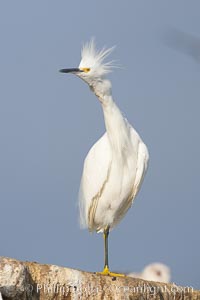
Snowy egret. The snowy egret can be found in marshes, swamps, shorelines, mudflats and ponds. The snowy egret eats shrimp, minnows and other small fish, crustaceans and frogs. It is found on all coasts of North America and, in winter, into South America.
Species: Snowy egret, Egretta thula
Location: La Jolla, California
Image ID: 15298
Species: Snowy egret, Egretta thula
Location: La Jolla, California
Image ID: 15298
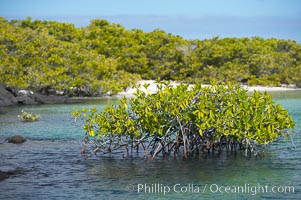
Mangrove shoreline. Mangroves have vertical branches, pheumatophores, that serve to filter out salt and provide fresh water to the leaves of the plant. Many juvenile fishes and young marine animals reside in the root systems of the mangroves. Punta Albemarle.
Location: Isabella Island, Galapagos Islands, Ecuador
Image ID: 16607
Location: Isabella Island, Galapagos Islands, Ecuador
Image ID: 16607
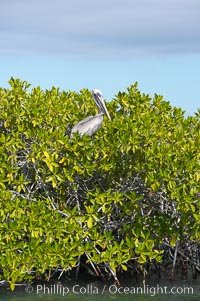
Mangrove shoreline. Mangroves have vertical branches, pheumatophores, that serve to filter out salt and provide fresh water to the leaves of the plant. Many juvenile fishes and young marine animals reside in the root systems of the mangroves. Punta Albemarle.
Location: Isabella Island, Galapagos Islands, Ecuador
Image ID: 16608
Location: Isabella Island, Galapagos Islands, Ecuador
Image ID: 16608
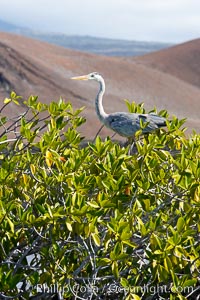
Mangrove shoreline. Mangroves have vertical branches, pheumatophores, that serve to filter out salt and provide fresh water to the leaves of the plant. Many juvenile fishes and young marine animals reside in the root systems of the mangroves. Punta Albemarle.
Location: Isabella Island, Galapagos Islands, Ecuador
Image ID: 16609
Location: Isabella Island, Galapagos Islands, Ecuador
Image ID: 16609
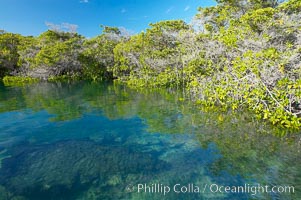
Mangrove shoreline. Mangroves have vertical branches, pheumatophores, that serve to filter out salt and provide fresh water to the leaves of the plant. Many juvenile fishes and young marine animals reside in the root systems of the mangroves. Punta Albemarle.
Location: Isabella Island, Galapagos Islands, Ecuador
Image ID: 16610
Location: Isabella Island, Galapagos Islands, Ecuador
Image ID: 16610
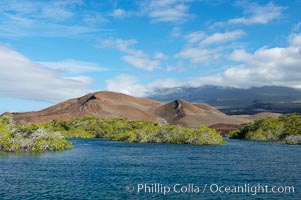
Mangrove shoreline. Mangroves have vertical branches, pheumatophores, that serve to filter out salt and provide fresh water to the leaves of the plant. Many juvenile fishes and young marine animals reside in the root systems of the mangroves. Punta Albemarle.
Location: Isabella Island, Galapagos Islands, Ecuador
Image ID: 16611
Location: Isabella Island, Galapagos Islands, Ecuador
Image ID: 16611
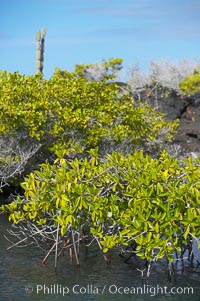
Mangrove shoreline. Mangroves have vertical branches, pheumatophores, that serve to filter out salt and provide fresh water to the leaves of the plant. Many juvenile fishes and young marine animals reside in the root systems of the mangroves. Punta Albemarle.
Location: Isabella Island, Galapagos Islands, Ecuador
Image ID: 16612
Location: Isabella Island, Galapagos Islands, Ecuador
Image ID: 16612
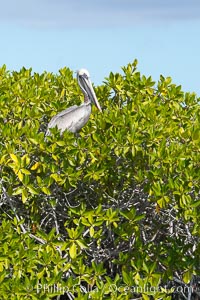
Mangrove shoreline. Mangroves have vertical branches, pheumatophores, that serve to filter out salt and provide fresh water to the leaves of the plant. Many juvenile fishes and young marine animals reside in the root systems of the mangroves. Punta Albemarle.
Location: Isabella Island, Galapagos Islands, Ecuador
Image ID: 16613
Location: Isabella Island, Galapagos Islands, Ecuador
Image ID: 16613
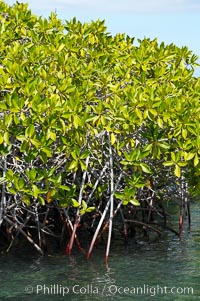
Mangrove shoreline. Mangroves have vertical branches, pheumatophores, that serve to filter out salt and provide fresh water to the leaves of the plant. Many juvenile fishes and young marine animals reside in the root systems of the mangroves. Punta Albemarle.
Location: Isabella Island, Galapagos Islands, Ecuador
Image ID: 16614
Location: Isabella Island, Galapagos Islands, Ecuador
Image ID: 16614
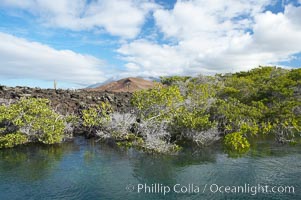
Mangrove shoreline. Mangroves have vertical branches, pheumatophores, that serve to filter out salt and provide fresh water to the leaves of the plant. Many juvenile fishes and young marine animals reside in the root systems of the mangroves. Punta Albemarle.
Location: Isabella Island, Galapagos Islands, Ecuador
Image ID: 16615
Location: Isabella Island, Galapagos Islands, Ecuador
Image ID: 16615
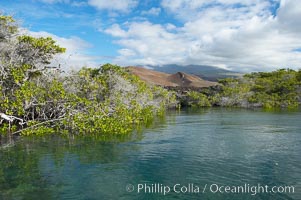
Mangrove shoreline. Mangroves have vertical branches, pheumatophores, that serve to filter out salt and provide fresh water to the leaves of the plant. Many juvenile fishes and young marine animals reside in the root systems of the mangroves. Punta Albemarle.
Location: Isabella Island, Galapagos Islands, Ecuador
Image ID: 16616
Location: Isabella Island, Galapagos Islands, Ecuador
Image ID: 16616
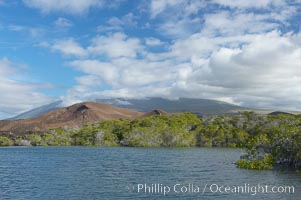
Mangrove shoreline. Mangroves have vertical branches, pheumatophores, that serve to filter out salt and provide fresh water to the leaves of the plant. Many juvenile fishes and young marine animals reside in the root systems of the mangroves. Punta Albemarle.
Location: Isabella Island, Galapagos Islands, Ecuador
Image ID: 16617
Location: Isabella Island, Galapagos Islands, Ecuador
Image ID: 16617

Guadalupe fur seal, hauled out upon volcanic rocks along the shoreline of Guadalupe Island.
Species: Guadalupe fur seal, Arctocephalus townsendi
Location: Guadalupe Island (Isla Guadalupe), Baja California, Mexico
Image ID: 21372
Species: Guadalupe fur seal, Arctocephalus townsendi
Location: Guadalupe Island (Isla Guadalupe), Baja California, Mexico
Image ID: 21372
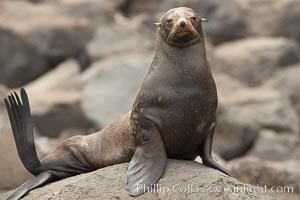
Guadalupe fur seal, hauled out upon volcanic rocks along the shoreline of Guadalupe Island.
Species: Guadalupe fur seal, Arctocephalus townsendi
Location: Guadalupe Island (Isla Guadalupe), Baja California, Mexico
Image ID: 21373
Species: Guadalupe fur seal, Arctocephalus townsendi
Location: Guadalupe Island (Isla Guadalupe), Baja California, Mexico
Image ID: 21373
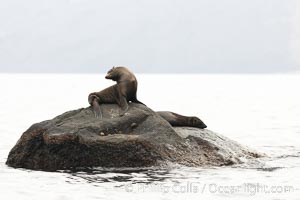
Guadalupe fur seal, hauled out upon volcanic rocks along the shoreline of Guadalupe Island.
Species: Guadalupe fur seal, Arctocephalus townsendi
Location: Guadalupe Island (Isla Guadalupe), Baja California, Mexico
Image ID: 21374
Species: Guadalupe fur seal, Arctocephalus townsendi
Location: Guadalupe Island (Isla Guadalupe), Baja California, Mexico
Image ID: 21374
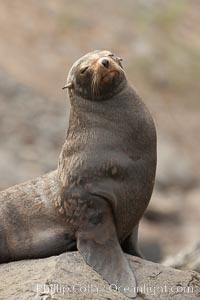
Guadalupe fur seal, hauled out upon volcanic rocks along the shoreline of Guadalupe Island.
Species: Guadalupe fur seal, Arctocephalus townsendi
Location: Guadalupe Island (Isla Guadalupe), Baja California, Mexico
Image ID: 21381
Species: Guadalupe fur seal, Arctocephalus townsendi
Location: Guadalupe Island (Isla Guadalupe), Baja California, Mexico
Image ID: 21381
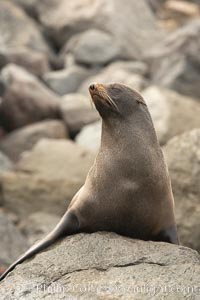
Guadalupe fur seal, hauled out upon volcanic rocks along the shoreline of Guadalupe Island.
Species: Guadalupe fur seal, Arctocephalus townsendi
Location: Guadalupe Island (Isla Guadalupe), Baja California, Mexico
Image ID: 21386
Species: Guadalupe fur seal, Arctocephalus townsendi
Location: Guadalupe Island (Isla Guadalupe), Baja California, Mexico
Image ID: 21386
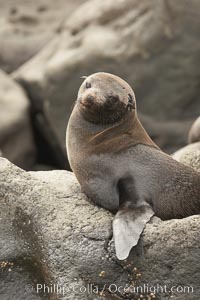
Guadalupe fur seal, hauled out upon volcanic rocks along the shoreline of Guadalupe Island.
Species: Guadalupe fur seal, Arctocephalus townsendi
Location: Guadalupe Island (Isla Guadalupe), Baja California, Mexico
Image ID: 21387
Species: Guadalupe fur seal, Arctocephalus townsendi
Location: Guadalupe Island (Isla Guadalupe), Baja California, Mexico
Image ID: 21387

Guadalupe fur seal, hauled out upon volcanic rocks along the shoreline of Guadalupe Island.
Species: Guadalupe fur seal, Arctocephalus townsendi
Location: Guadalupe Island (Isla Guadalupe), Baja California, Mexico
Image ID: 21441
Species: Guadalupe fur seal, Arctocephalus townsendi
Location: Guadalupe Island (Isla Guadalupe), Baja California, Mexico
Image ID: 21441
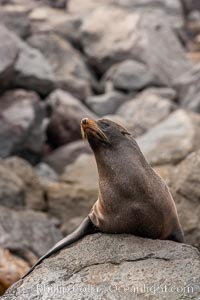
Guadalupe fur seal, hauled out upon volcanic rocks along the shoreline of Guadalupe Island.
Species: Guadalupe fur seal, Arctocephalus townsendi
Location: Guadalupe Island (Isla Guadalupe), Baja California, Mexico
Image ID: 21442
Species: Guadalupe fur seal, Arctocephalus townsendi
Location: Guadalupe Island (Isla Guadalupe), Baja California, Mexico
Image ID: 21442